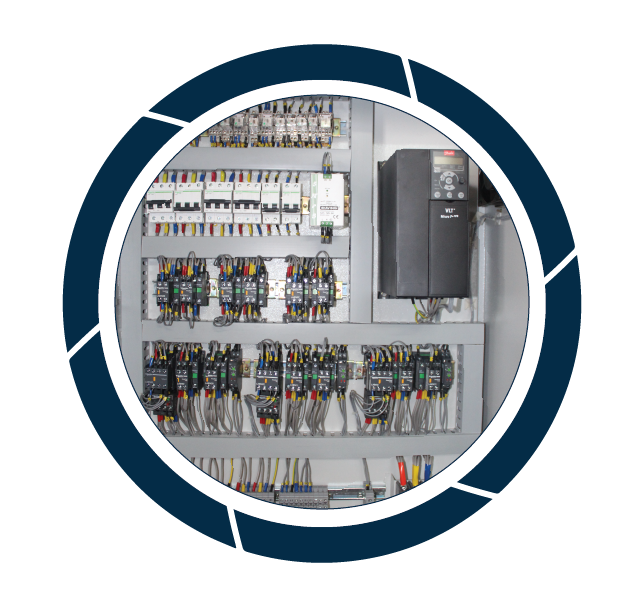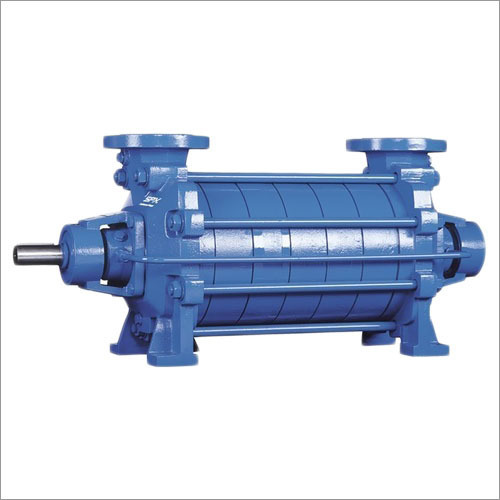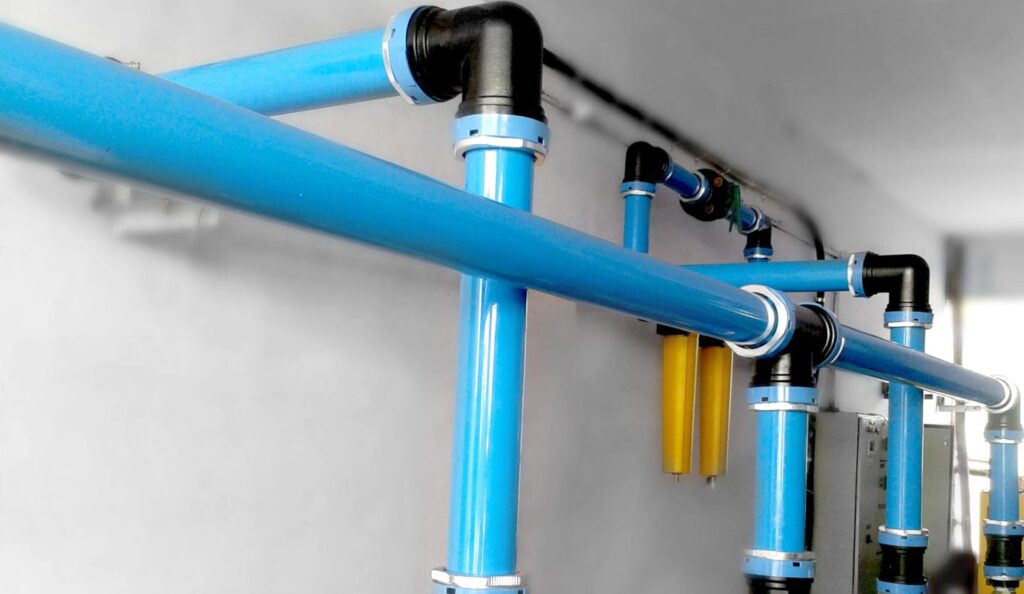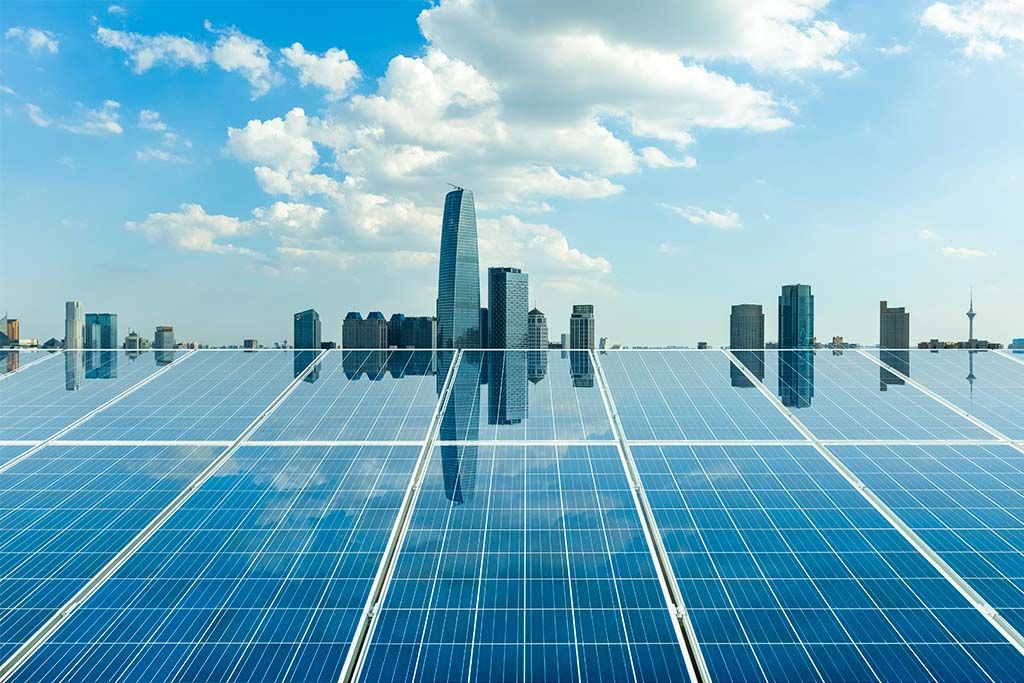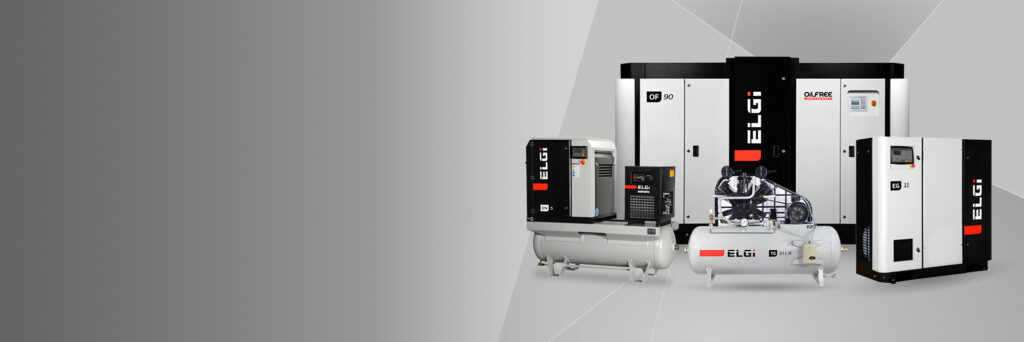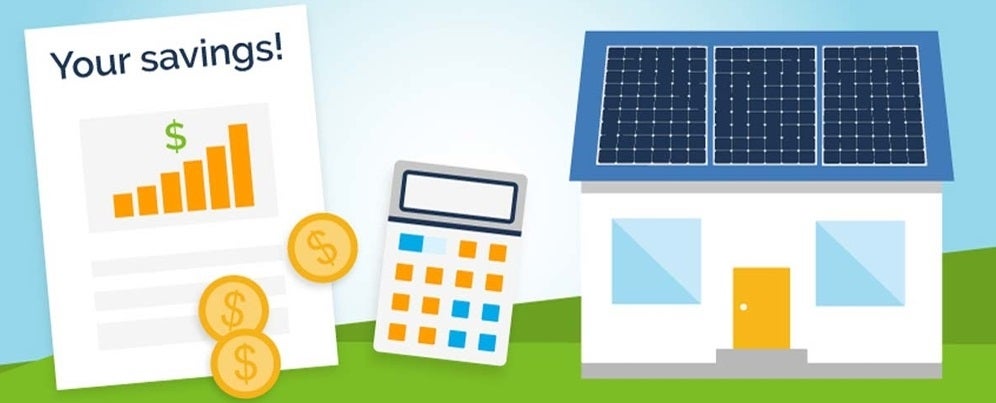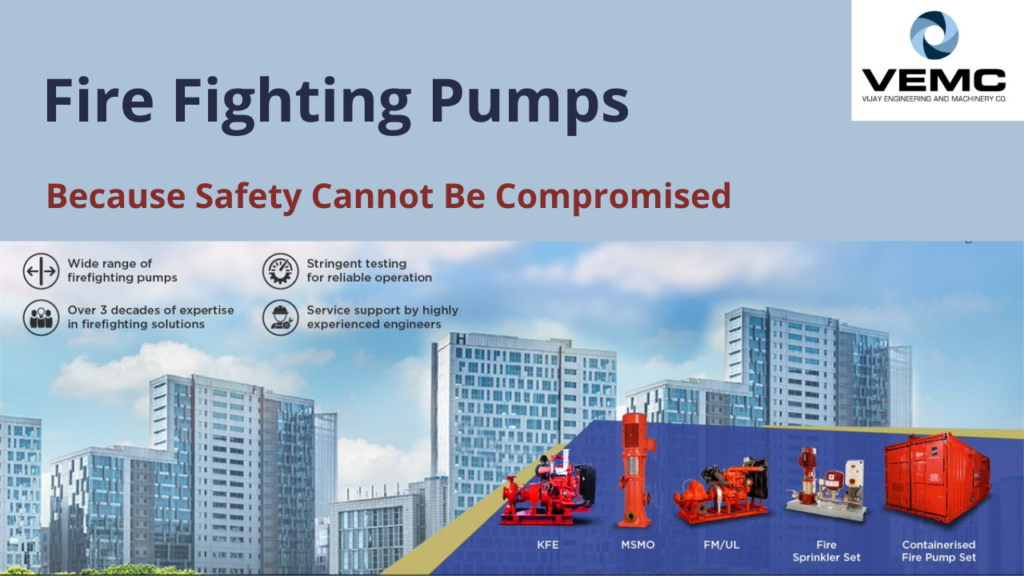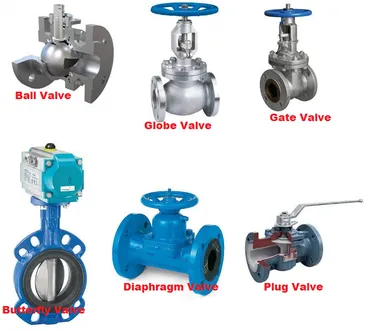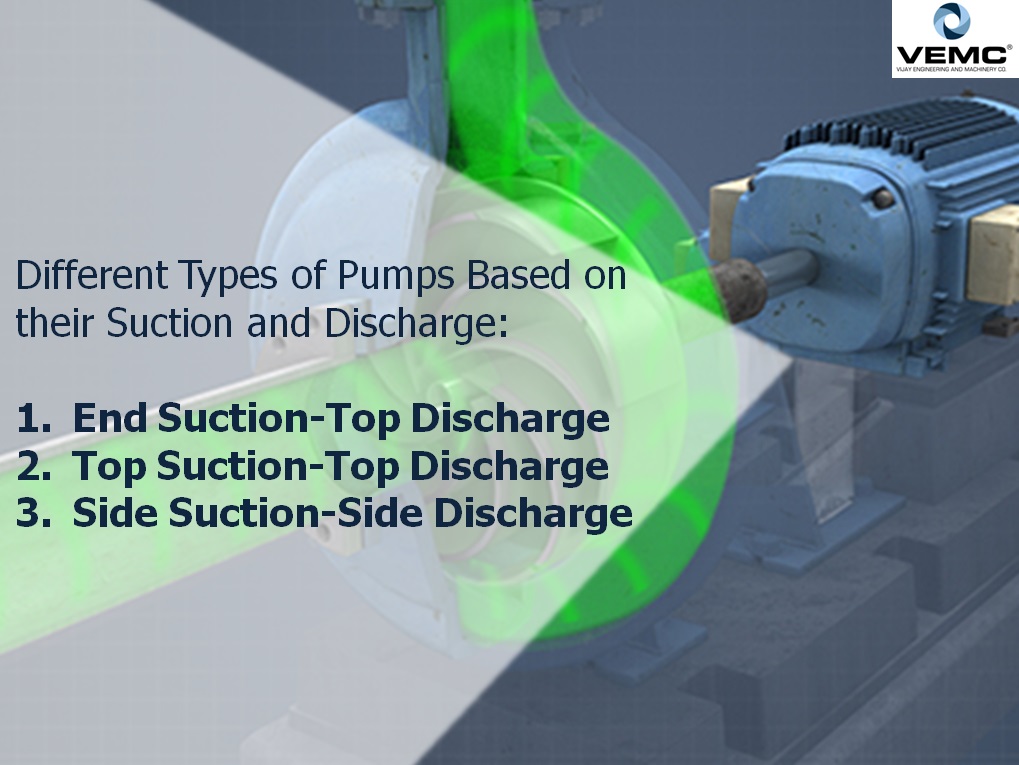
Some of the most important aspects of a fluid management system are controlling, regulating, and directing the fluid. This is made possible by devices known as valves. Both domestic and industrial valves are used to direct the flow, shut access, adjust pressure and prevent back-flow in the pipes. These are especially useful when a section of the piping is undergoing repair or maintenance. Each valve however is uniquely designed to meet specific plumbing needs. As dealers of some of the best industrial water pumps in Mumbai, let us explain the difference between a Ball, Gate, and Globe Valve.
Ball valve:
A ball valve has a hollow ball in the center through which the liquid passes. As long as the hollow ball is in line with the direction of flow of the liquid, it flows with ease. But as soon as the hollow is turned perpendicular to the direction of the flow, it completely stops. Even turning the ball using a long and easy-to-use handle above by 1/4 is enough to cut off the flow and immediately create a powerful watertight seal inside. These valves are easy to use, durable, reliable, and especially useful in times of emergency. But besides turning off the flow completely, a ball valve can also divert or alter the flow of the liquid through multiple ports.
Globe valve:
A globe valve is especially useful to modulate or throttle the flow of the liquid. Its spherical body has a stationary ring seat. On turning the knob, a disc-like device is released and raised upwards from the ring seat. The Z-shaped passage opened below allows the liquid to pass through the valve. You can turn the handle all the way up or only partially, depending on how much liquid you wish you let pass. They, therefore, function pretty much like kitchen faucets or hose bibs. Flow modulation and throttling is the biggest advantage of a globe valve as compared to all the others, which are mostly used to simply turn the flow on or off.
Gate valve:
Also known as a shut-off valve, a gate valve works by lowering a wedge-shaped metal gate to halt the flow. The gate is lowered or raised by twisting a wheel-shaped knob present on top of the valve. The greatest benefit of a gate valve is the gradual stoppage of flow rather than causing a sudden halt, also known as a “water hammer”. A water hammer causes the liquid to suddenly change direction or abruptly stop. These create pressure waves and loud banging noises inside the pipe. A gate valve is only useful to open or shut the flow of liquids rather than throttling the flow like a globe valve. A gate valve is best used in straight flow lines with minimal disruptions, restrictions, or diversions. You can actually get a physical demonstration of these valves from any dealer of industrial water pumps in Mumbai.
For more information on which industrial valves suit you the best, speak to our experts at 022 43436655 or email us at marketing@vemc.co.in. VEMC is an authorized Kirloskar valve dealer with a proven record of excellent service and quality products in mechanical engineering and other allied products like Kirloskar valves, pumps, motors, and compressors. We are the leading dealers of industrial water pumps in Mumbai.


